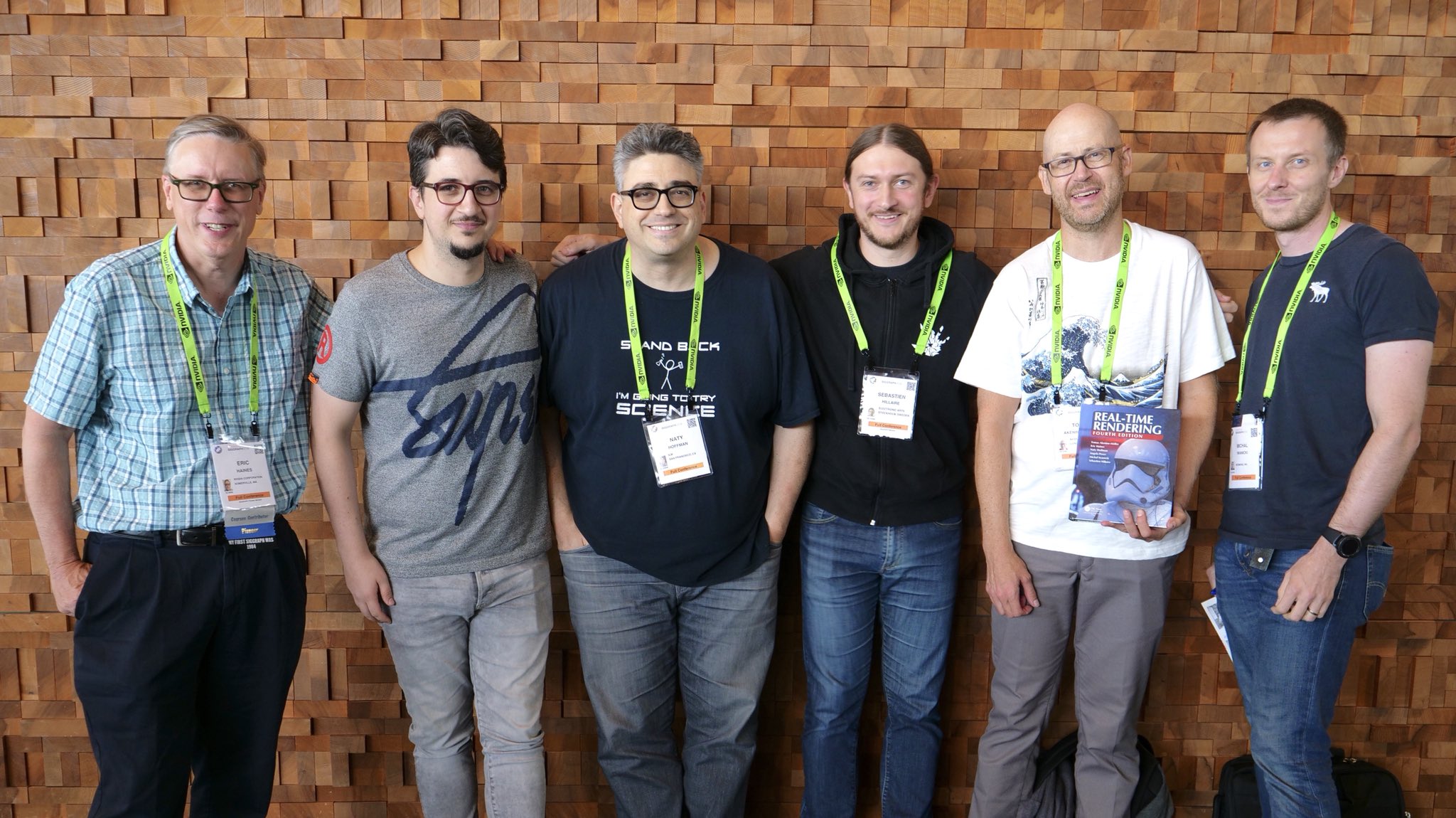Steve Hollasch mentioned that there’s a “new” (well, new to me – it’s 9 years old) Creative Commons instrument, CC0. Their website has an explanation of the problem with trying to put something you made into the public domain, and how CC0 solves this. Open Knowledge International (no, I never heard of them, either) recommends it, which I’ll take as a good sign. I didn’t know of this CC0 beast, and suspect readers here don’t, either, so now you do. It’s mostly not a license, it’s a “dedication,” a way to ensure that something you created is considered unowned and free to reuse in every country.
If you want to make sure your code is properly credited to you, use something such as the MIT license instead, or some other (often more restrictive) choice. Creative Commons recommends not using their other licenses for code, but rather some common source code license. I’m assuming (it’s not super-clear) that CC0 is also fine for code you’re putting into the public domain. Update: aha, Steve Hollasch sent this follow-up link – CC0 can be applied to code, and that link shows you how to do it.
Update: I received a number of interesting responses from my tweet of this post. David Williams points out that CC0 is approved by the Free Software Foundation for putting code in the public domain, as it has a fallback license for countries where public domain is not recognized. Arvid Gerstmann notes that dual-licensing with CC0 and the MIT license may be an even better option, for those companies where the lawyers haven’t approved the lesser-known CC0 but have approved use of code with the MIT license.
I know this all sounds like “it doesn’t matter, I’m never going to enforce this,” but it does, sadly. With Graphics Gems we made up a license long ago (basically, “don’t be a jerk”) because someone was trying to sell his company to a larger firm, which had some software testing firm test the smaller company’s code for copyright infringements, and various bits of Graphics Gems code popped up. If CC0 had existed, or maybe even the questionable (and rude) WTFPL, we would have gone with that. Happily, there is now the CC0. (tweet)

